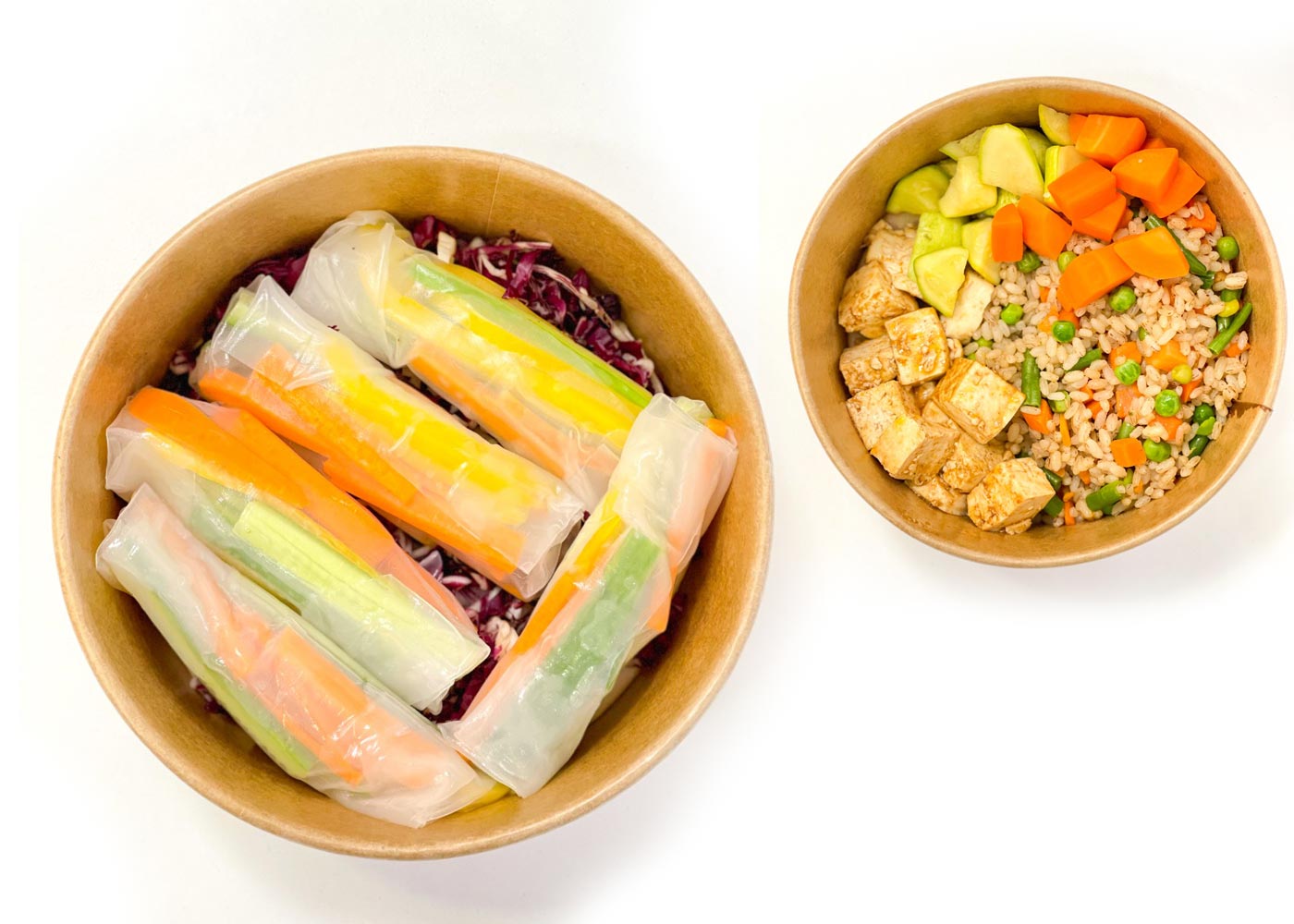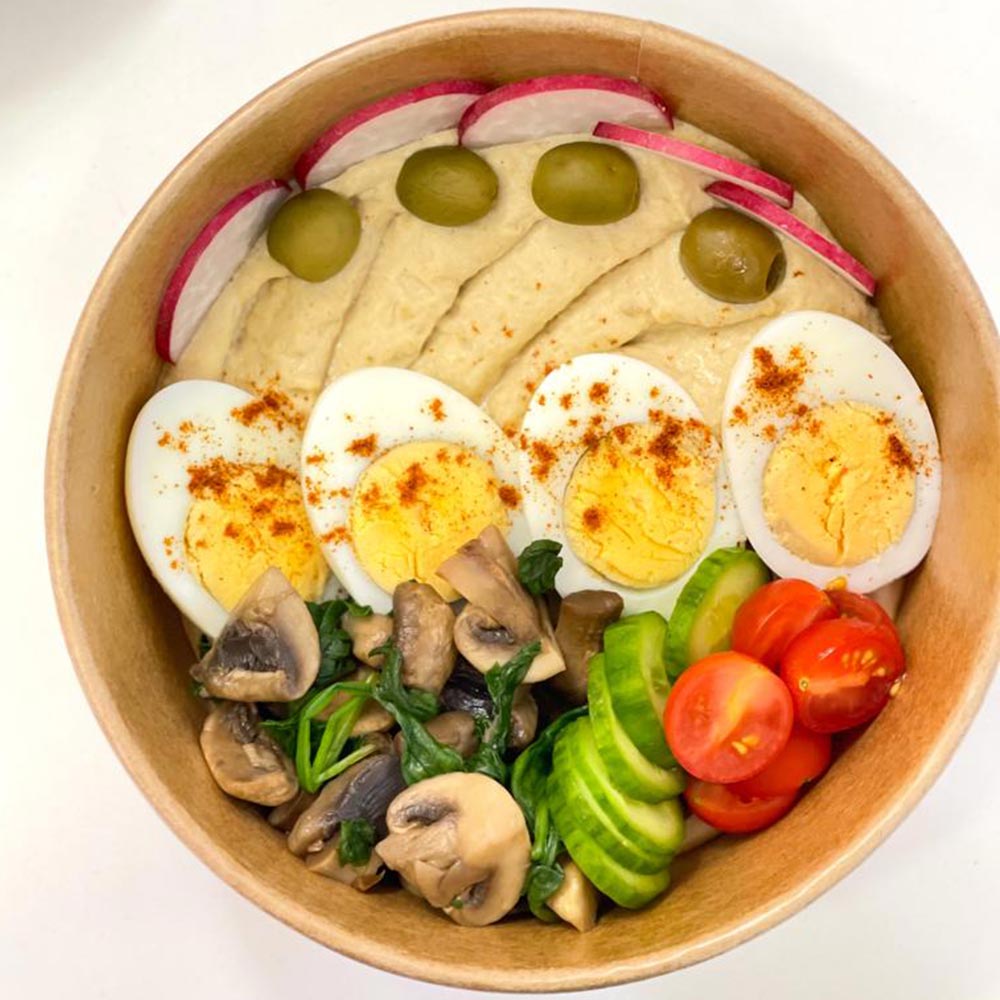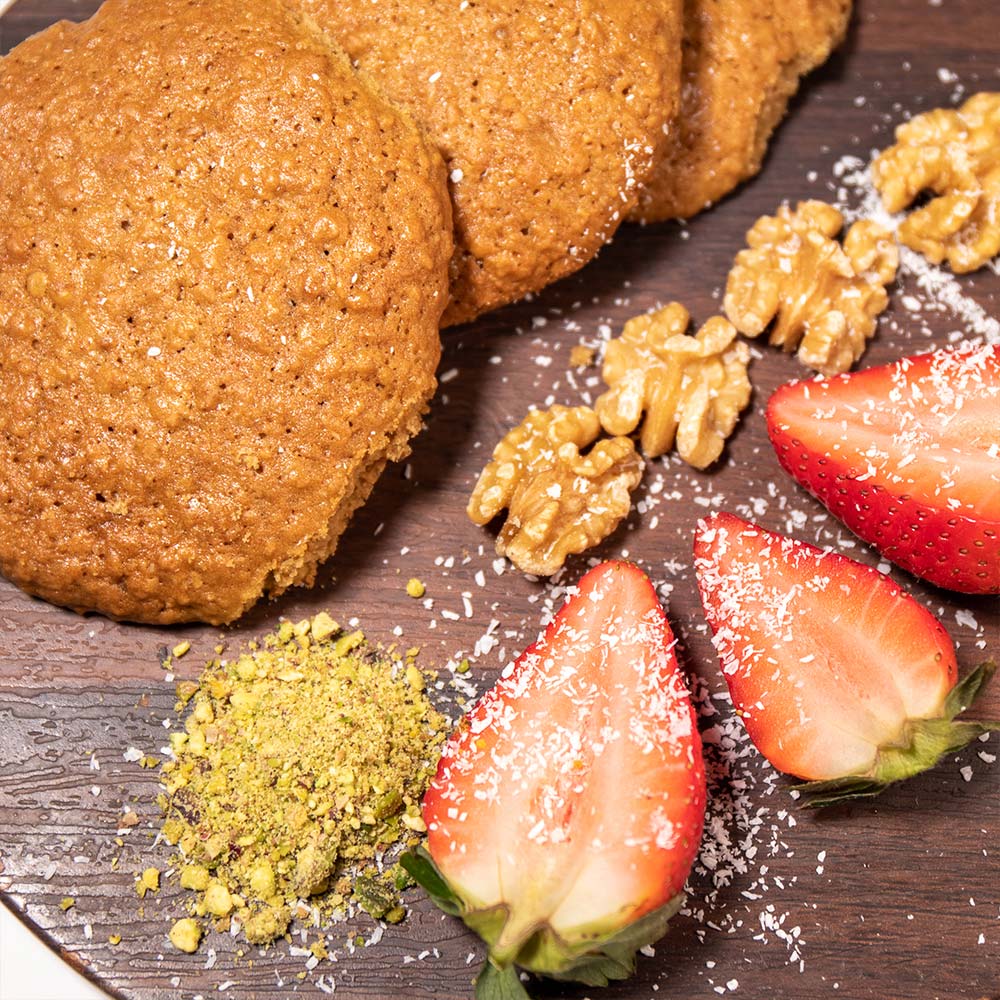When people think of weight loss, ideas such as sacrifice,
gnawing hunger, and unappetizing food come to their mind. However, losing
weight and maintaining the results can be a less harsh process that will not
seem like a war against your appetite. It is therefore possible to have a
hunger-free meal plan that helps in weight loss while observing healthy eating
habits brought by balanced meal planning, mindful eating approaches and integrating
filling low-calorie foods in your diet.
The primary fundamentals involve attempting to recognize your body’s dietary requirements and improving meal choices that create satiation while controlling energy consumption. A new trial by the National Institutes of Health has found that when the diet includes protein, fibre, and monounsaturated fats, such as avocados, hunger is minimized, and proper weight loss is achieved in the long run. With this knowledge, let us look at the following recommendations on how to come up with a better approach to help with sustainable diet approaches that do not use hunger.
Step 1: Embrace Healthy Portion Control
Portion control is the basis of any weight loss dieting
nutrition strategy since it allows regulating the overall calorie intake. This
is for this reason that you should not always try to reduce portion sizes, but
instead try to plan for smart portion control while including the right
macronutrients as part of your diet plan. Every meal should contain lean
protein sources, whole grain items, some fat and lots of vegetables.
For example:
- Breakfast: Plain yogurt with cut berries and some crushed
nuts over granola.
- Lunch: Grilled chicken breast with quinoa, steamed broccoli
and extra virgin olive oil.
- Dinner: Grilled salmon accompanied with sweet potato fries
and steamed green beans followed by a Greek-style salad with Avocado.
More attention to portion control allows avoiding overeating
and at the same time does not result in feelings of rejection.
Step 2: Prioritize Filling Low-Calorie Foods
Low-calorie foods are the star power you want in any
hunger-free weight loss diet plan. Such as foods with high water content and
fibre are foods that take up large space in the stomach yet they have fewer
calories. Examples include:
- Low-carbohydrate vegetables such as spinach, kale and
lettuce
- Other nutrient-rich vegetables like broccoli, cauliflower,
and Brussels sprouts belong to a cruciferous group.
- Some examples of foods we can take include watermelon,
oranges and apples
- Other cereal grains such as oats and barley.
When incorporated into your meals, you’ll prepare meals that are not only healthy for weight loss nutrition but also tasty.
Step 3: Incorporate Appetite Control Meals
Appetite control meals on the other hand are special meals
created in a way that helps control hunger, and keep your blood sugar levels
stable. In this respect, high protein and high fiber foods tend to be
especially beneficial. Incorporating options like:
- A boiled egg or thirty grams servings of nuts as snacks
- Lentil soups or chilli for lunch
- Snacks like high protein peanut butter and jelly sandwiches,
and chia seed protein shakes for an afternoon boost
Such meals and snacks allow your energy level to be
balanced, thus helping one follow his or her balanced meal planning.
Step 4: Practice Mindful Eating Strategies
Weight loss strategies for mindful eating can change the way
you approach various meals and make it possible for you to realize when your
body is hungry and when it is full. Techniques include:
- Taking the time and appreciating the food being consumed
- Not allowing things like phones or TV to distract you from
eating when you are eating.
- Eating to the point of uncomfortableness is also an
unhealthy practice for you to avoid Eating when you are full
Mindful eating not only makes your meal more enjoyable and
exciting but also assists in achieving long-term and healthy dietary practices
because you always remember your body’s signals.
Step 5: Plan and Prep for Success
Meals form the core part of our overall body nourishment and
as such have a central role to play in anyone’s weight loss endeavors. Spend
some of your precious time every week setting your eating plan, purchasing
groceries, and preparing food in advance. By doing so, you’ll:
- Conserve time during periods that would be considered hectic
in the week
- Minimise the prospect of reaching for an unhealthy instant
meal.
- Make sure that your meals get in line with your hunger FREE
diet plan
Begin with several basics, for example, grilled chicken,
roasted veggies, and cooked quinoa that may be combined in a matter of several
minutes to give several tasty weight-loss meals.
Step 6: Allow Flexibility and Treats
A sustainable diet plan isn’t about being perfect; it’s
about being determined. Pave way for once in a while special treat to avoid
incurrence of feeling of restrain. Having a bar of dark chocolate or going out
to eat with friends and family keeps the weight loss plan realistic and fun.
Conclusion
It is possible to shed pounds without starving oneself – and it is possible to do it in a way that we can realistically stick to in the long term. Regarding a hunger-free diet plan, here are some key points that help you achieve your desired meal plan:- Try to fill what has few calories- Use appropriate portions for the meals- Use mindful eating techniques. Combining healthy meal options and appetite-control meals guarantees that you are not hungry and, most importantly, not feeling unsatisfied.
Sustainable weight loss is developing habits
that will enable you to feed the body without struggling with your
cravings. If weight loss meals are defined by what constitutes satisfying and
what a smart portion menu looks like, they are not restricting joy or delicious
food. Note that the goal of a good eating plan is to create sustainable
changes, and with the tips above, a better you are only a few choices away.






























